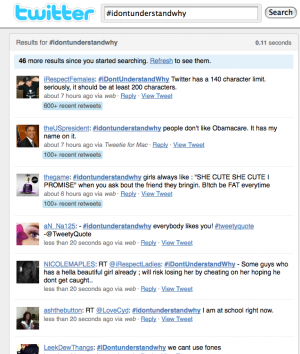Twitter Study: Mainstream News Are Carbs, Blogs Are Protein For Your Marketing
What do I mean by that headline? A study from Stanford University, summarized by the NY Times, found “that bloggers, over time, had more influence than mainstream publications in areas like technology or entertainment.” In other words a mention or write up in a top publication will generate a “sugar rush” of interest and activity […]
In other words a mention or write up in a top publication will generate a “sugar rush” of interest and activity but discussion by true “influencers” will be more sustaining over time for the product or brand:
In one recent study, for example, [Stanford] Professor [Jure] Leskovec and a colleague analyzed a set of more than 170 million blog posts and news articles over a one-year period. They identified the thousand most popular phrases in the material and examined how those phrases spread over time via news agencies, newspapers, television and blogs. Content from news agencies tended to spike and gain the most attention immediately, while news that started on blogs or was picked up by bloggers often experienced several peaks or rebounds in popularity as time wore on.
 Today there are multiple tools in the market and multiple companies (e.g., Meteor Solutions, Radian6) that seek to identify and track the sources of influence and conversations online.
Today there are multiple tools in the market and multiple companies (e.g., Meteor Solutions, Radian6) that seek to identify and track the sources of influence and conversations online.
The Stanford study cited above also concluded that, on Twitter, “users with the most followers are not the most influential in propagating hashtags.” This study is just one of several “influencer” studies summarized in the Times’ piece.
Like much social-science research that simply empirically documents common sense or existing practical knowledge, the big takeaway is a tactical social media strategy of “diversification” that includes targeting the reach of mainstream media (or high profile individuals in some cases) while cultivating discussion among truly influential, trusted members of networks — whether they be bloggers or individuals on Facebook.



